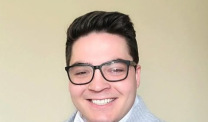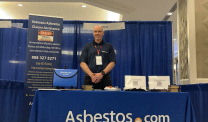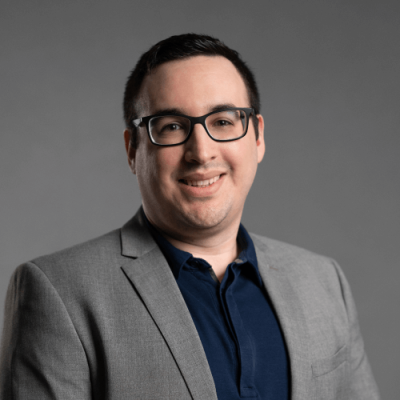What I Learned From the 2023 ADAO Asbestos Conference
AdvocacyWritten by Sean Marchese | Edited by Walter Pacheco
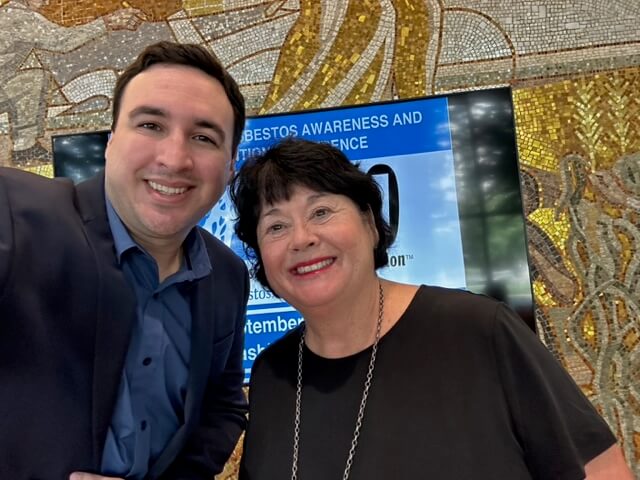
The Mesothelioma Center’s Sean Marchese attended the 2023 Asbestos Disease Awareness Organization’s 18th Annual Asbestos Awareness and Prevention Conference in Washington, D.C. This is part one of a two-part blog he wrote for Asbestos.com outlining the inspiring and uplifting talks at the conference. Learn more about the experts and advocates that highlighted this year’s conference and Sean’s biggest takeaways for the mesothelioma community.
‘Where Knowledge and Action Unite’
The Asbestos Disease Awareness Organization’s 18th Annual Asbestos Awareness and Prevention Conference occurred this year and was true to its tagline: “Where Knowledge and Action Unite.”
Linda Reinstein, president and CEO of ADAO, has organized the conference each year since 2005 in tribute to her husband Alan, who she lost to mesothelioma.
Over a full day, medical experts, industry leaders and policy advocates worldwide gathered to reflect on the past travesties of asbestos exposure and highlight how it still poses a significant threat. Survivors, first responders, historians and more spoke on why the fight for a total asbestos ban must continue.
I was lucky enough to attend the ADAO conference in person at the beautiful American Federation of Labor and Congress of Industrial Organizations building in Washington, D.C. Witnessing such inspiring and passionate discussions was an energizing reminder of why advocacy is so important and what this battle means to those who have been affected by asbestos.
Art, Advocacy and the Selikoff Legacy
Reinstein described the themes and goals for 2023 as she kicked off the day’s events.
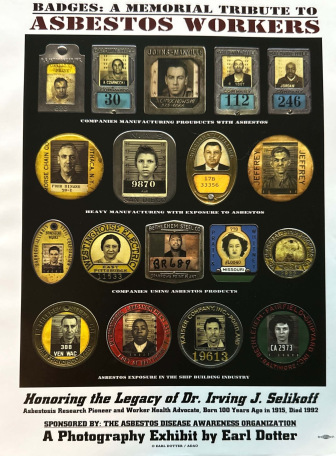
“This year’s conference, ‘Exploring the Intersection of Art, Advocacy and Academia,’ allows us to bring together distinguished experts and asbestos survivors from around the world to raise awareness, prevent asbestos exposure and end asbestos-related diseases,” she said.
Art was essential during the conference, which included a display of Earl Dotter’s “BADGES of Honor” poster series from the past eight years. Dotter is an award-winning photojournalist, and his series is a tribute to those affected by asbestos. The posters help raise awareness and spread messages of prevention and hope throughout the community.
The first session of the day focused on Dr. Irving J. Selikoff, who in the 1960s used his research to link asbestos inhalation to respiratory disease. With his poster honoring the doctor’s legacy in fighting for those impacted by asbestos, Dotter used the photo identification badges from companies that manufactured, mined or used asbestos products.
Richard Lemen, PhD, MSPH, was the first to recall his memories of working with Selikoff. Lemen is a retired assistant surgeon general of the United States. He has also served as the acting director and deputy director of the National Institute for Occupational Safety and Health.
I heard Lemen recount how Selikoff fought for workers after he encountered one obstacle after another to get his research acknowledged.
“Unable to obtain records, Dr. Selikoff did something that had never been done before. He contacted the unions representing workers installing asbestos,” Lemen said.
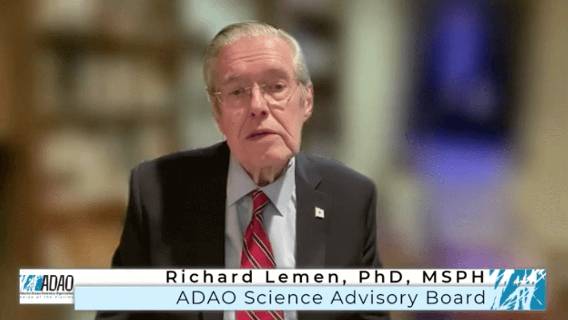
Drs. Arthur Frank and Christine Oliver, both esteemed public health professors, also spoke about Selikoff’s work and its lasting impact. During their talks, I learned about the ripples his influence left behind. Oliver described a direct line between Selikoff and current regulations on legacy asbestos. “His legacy continues decades later,” Frank concluded.
Personal Narratives: A Link Between the Fallen and Legislation
One of the most personal talks that resonated with me came from Greg Russell, a government affairs representative with the International Association of Fire Fighters. Legacy asbestos continues to put first responders at risk. As a nurse with experience in emergency response and first responder care, it was moving to hear the sacrifices that firefighters make daily.
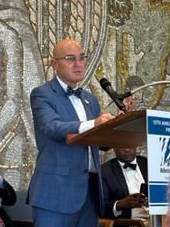
Russell spoke of the selfless covenant of firefighters: “I am not here for me, I am here for we, and we are here for them!” Firefighters are up to 68% more likely to develop cancer than the general public and up to 200% more likely to develop mesothelioma.
Asbestos identification is virtually impossible while managing fires or emergency incidents. Decontamination at the scene is often limited, and unavoidable exposure can continue indefinitely. With the anniversary of Sept. 11 having just passed, it was also a stark reminder of the more than 600 firefighters who have lost their lives due to the 9/11 attacks.
I was similarly struck by James Williams Jr.’s talk on the American Cancer Society’s dedication to change and asbestos disease prevention. Williams is the director of federal relations for all cancer screening and early detection issues at the ACS’s Cancer Action Network.
“We seek evidence-based public policy solutions that lower the burden of cancer for everyone. The Alan Reinstein Ban Asbestos Now Act is one of the key pieces of legislation that the ACS CAN is moving this congress, and I fully hope and expect that this bill is going to … become law before the end of this Congress,” said Williams.
The bill aims to amend the Toxic Substances Control Act of 1976 and end the importation of asbestos into the United States. Its language states it would “prohibit the manufacture, processing, use and distribution in commerce of commercial asbestos and mixtures and articles containing commercial asbestos, and for other purposes.”
During his talk, Williams called upon conference attendees to stand and declare they would contact their representatives to sponsor the Alan Reinstein Ban Asbestos Now Act. Being in the audience, I was moved by everyone’s participation and commitment to enacting powerful and meaningful legislation to honor all the lives that asbestos has claimed.


